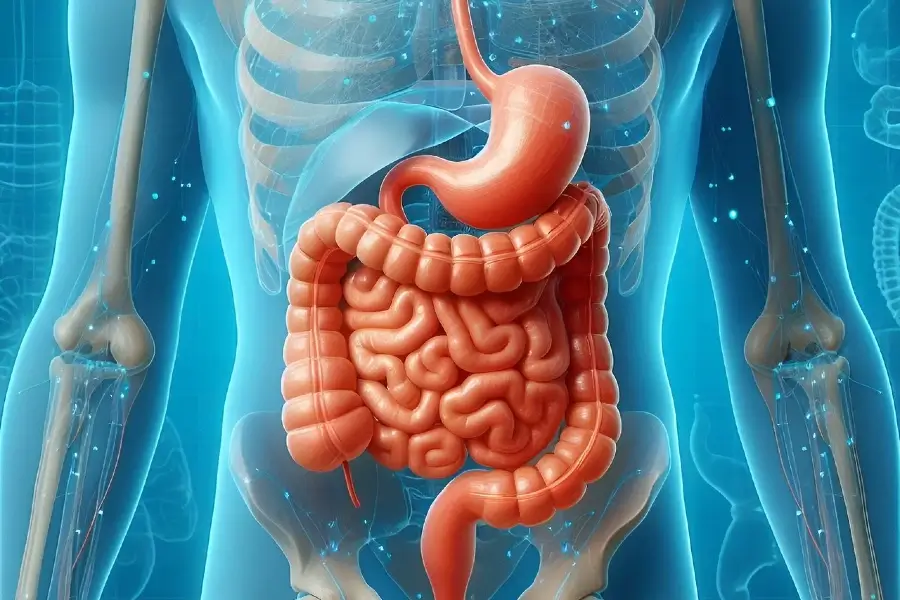What Are Mini-Guts?
Mini-guts, or organoids or intestinal organoids, are 3D structures created in a lab that resemble the human intestine. They are essentially miniature reproductions of human intestines created from stem cells.
Here’s the breakdown of mini-guts:
Function: Mini-guts include intestinal cell types similar to those seen in the human gut, allowing them to mimic some of the small intestine’s functions. This includes nutrient absorption and rudimentary barrier functions.
Scientists employ mini-guts for a variety of research applications, including: Researchers increasingly use novel ways to investigate complex intestinal disorders such as Crohn’s disease and ulcerative colitis.
One potential technique in their arsenal is the development of miniature, three-dimensional intestinal organoids, sometimes known as “mini-guts.”
These miniature replicas can replicate the original gut’s precise architecture and cellular makeup, giving researchers an excellent platform for studying the mechanisms behind diverse intestinal illnesses.
These mini-guts are made by growing intestinal stem cells in a specific, three-dimensional environment that allows them to self-organize and produce architecture similar to the human intestine.
These miniature replicas can replicate the original gut’s precise architecture and cellular makeup, giving researchers an excellent platform for studying the mechanisms behind diverse intestinal illnesses.
Researchers can use mini-guts to examine the pathophysiology of Crohn’s disease and ulcerative colitis, two chronic inflammatory bowel illnesses that can significantly impact a person’s quality of life.
These organoids can be used to investigate the impact of various medications, environmental conditions, and genetic alterations on disease development and progression, allowing for a more individualized and targeted approach to study and treatment.
Furthermore, mini-guts can be created using the patient’s cells, allowing for the development of individualized disease models that better reflect an individual’s intestinal condition.
This personalized strategy can assist researchers in identifying specific therapy targets and developing tailored strategies that are more effective in treating these complex and diverse illnesses.
As this technology advances, it holds great promise for changing how we study and treat Crohn’s disease, ulcerative colitis, and other intestinal illnesses.
The use of mini-guts in intestinal illness research marks a considerable step forward in the area. It allows for a more in-depth study of the underlying pathophysiology and the development of novel therapeutic options.
As this technology advances, it holds great promise for changing how we study and treat Crohn’s disease, ulcerative colitis, and other intestinal illnesses.
By exposing the mini-guts to various conditions, researchers can get insight into disease causes and potential treatments.
Drug testing: Mini-guts can be used to assess the safety and efficacy of novel medications targeting the intestine.
Personalized medicine: In the future, mini-guts from a patient’s stem cells could be utilized to create customized treatment programs for gut illnesses.
Mini-guts are a promising technique for better understanding the gut and generating new treatments for gut-related disorders.
However, it is vital to highlight that mini-guts are still developing and do not fully replicate the human intestine. They lack sophisticated structures and functions in a genuine stomach, such as a complete immune system and blood supply.













